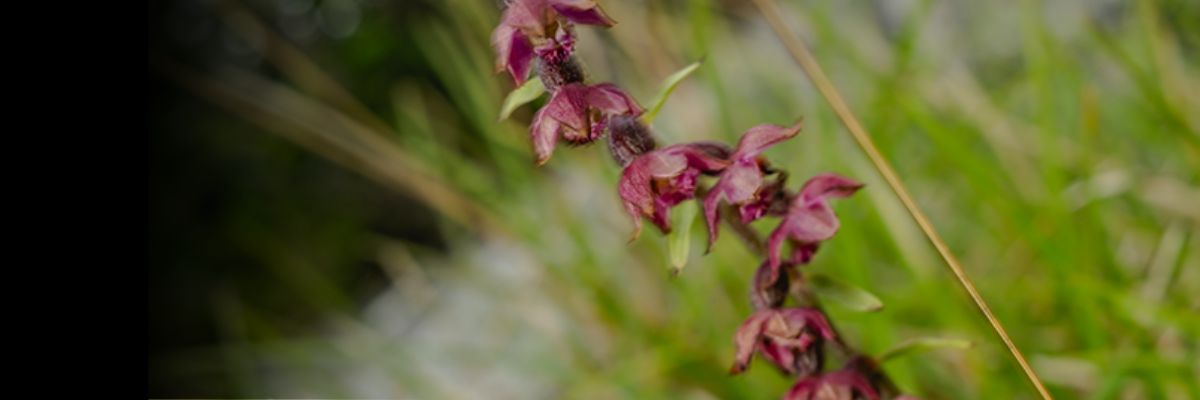My name is Scott Petrek, I'm the Reserves Officer looking after some of the amazing limestone pavement habitats here for Cumbria Wildlife Trust.
So our Hutton Roof Craggs nature reserve is essentially part of the big chunk of rock you can see from the motorway as you come up the M6 at junction 26. So the really big rocky outcrop is our neighbour's property Falton Knott, and then Hutton Roof is tucked away in the woodlands just to the south of that, so just off from the village of Burton in Kendal.
Hutton Roof is a national nature reserve, so part of the UK's big network of really important sites. It's got the amazing limestone pavement habitats, but it's also got a mixture of open pavements and wooded pavements, and some areas that are perhaps a little bit more scrubby, some areas of grassland, and it also has fantastic views right out across Morecambe Bay and up towards the North Lakes - it's a real fantastic place to visit.
So the open pavements we've got on Hutton Roof nature reserve are mainly managed at the moment through a mixture of volunteer activities, so we've got teams of amazing people joining us to help us look after these really special sites, and then we've also got some cattle grazing actually up on the pavements too that will venture out and help us keep on top of the scrub control a little bit.
Like many of our pavements, we're seeing that scrub is a real big issue, and it's increasing quite a lot in some places. That's partly through not managing perhaps enough, changes in management practices, where things have moved from perhaps sheep grazing to cattle grazing. Some scrub is actually beneficial to the pavements, it creates those little microclimates, but there is a tipping point where it gets too much. So scrub is definitely one of our biggest issues, but also so is long-term sustainability of things such as grazing - can we keep these things as sustainable and financially viable options for farmers to do?
And then long-term, some of the issues that we face - definitely climate change. It's kind of a real unknown as to what is actually going to happen on these pavements. We're getting warmer, wetter winters, we're getting hotter, drier summers, some of those specialist plants - can they tolerate those changes? And then even things like all of the nitrogen that is being dropped by the atmosphere - we're getting a lot more nutrients put into these habitats that we don't have usually, and it's all a bit of a question mark to try and work out what we're going to be looking at in five, ten, fifty year's time.





